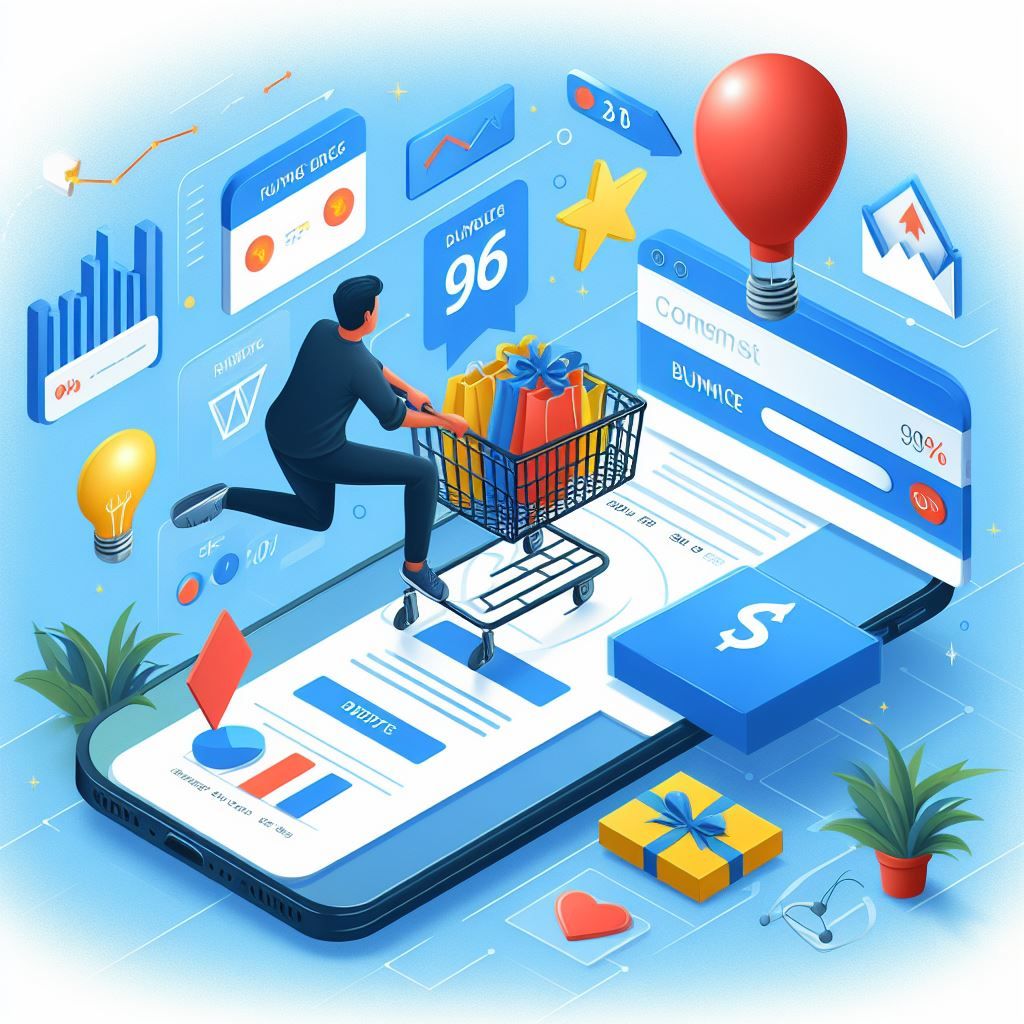In the fast-paced world of e-commerce, every click counts. But have you ever wondered why potential customers abandon their online shopping carts midway through checkout? Often, the culprit isn’t a lack of interest in your products, but a website experience riddled with frustration. This is where Core Web Vitals (CWV) and a user-centric UI (User Interface) design come into play.
Core Web Vitals: The Silent Bounce Rate Booster
Core Web Vitals are a set of metrics established by Google to assess a website’s loading speed, responsiveness, and visual stability. These factors significantly impact user experience (UX). According to research by Unbounce, a 1-second delay in page load time can result in a 7% conversion rate drop. Yikes!
Here’s how CWV issues can contribute to bounce rates:
- Slow Loading Speed: Imagine waiting for an eternity for a product image to appear. Frustrating, right? Slow loading times linked to poor CWV directly translate into lost customers.
- Low Responsiveness: In today’s mobile-first world, a website that takes forever to adjust to different screen sizes is a major turn-off. Users expect a seamless experience across devices, and clunky responsiveness throws a wrench into that.
- Visual Instability: A website that jumps around as elements load can be disorienting and lead to users abandoning ship. This can be caused by issues like large unoptimized images or poorly coded layouts.

Building Trust & Transparency through UI Design
So, how can you combat these CWV-induced bounce rates? The answer lies in crafting a user-friendly and transparent UI design. Here’s how:
- Prioritize Speed: Invest in image optimization techniques and leverage caching mechanisms to ensure lightning-fast page loads.
- Embrace Responsive Design: Make sure your website adapts flawlessly to desktops, tablets, and mobiles. Tools like Google’s Mobile-Friendly Test can help you identify areas for improvement.
- Progress Indicators: Keep users informed with loading bars or progress indicators. Transparency builds trust and reduces the perception of slowness.
- Minimalist Design: A cluttered interface with too many elements can overwhelm users and slow down loading times. Opt for a clean and minimalist aesthetic that prioritizes essential information.
- High-Quality Images: Visuals are crucial in ecommerce, but using excessively large or unoptimized images can cripple your CWV. Compress images without sacrificing quality to maintain a balance.
Related: Six recommended books for women entrepreneurs
Beyond the Basics: A User-Centric Approach
Going beyond the technical aspects, a user-centric UI design fosters trust and encourages exploration:
- Clear Navigation: Make it easy for users to find what they’re looking for with intuitive menus and clear search bars. Frustration with navigation is a guaranteed bounce recipe.
- Product Transparency: Provide detailed product descriptions, high-resolution images from various angles, and user reviews to build trust and reduce the risk of post-purchase disappointment.
- Seamless Checkout: Streamline the checkout process by minimizing steps and offering guest checkout options. Complex checkouts are a major source of cart abandonment.
Remember: Ecommerce success hinges on building trust with your customers. By prioritizing Core Web Vitals and crafting a user-centric UI design, you create a smooth, transparent, and frustration-free shopping experience that keeps visitors engaged and coming back for more.
Expert Quote:
“In the age of instant gratification, a website’s speed and usability are no longer nice-to-haves, they’re table stakes. By focusing on Core Web Vitals and a user-friendly UI, ecommerce businesses can ensure a positive customer experience that translates into higher conversions.” – Marie Hopkin, Ecommerce UX Consultant.
Storytelling for Impact:
Imagine Sarah, browsing for a new pair of shoes on her phone. The website takes ages to load, the images are blurry, and the checkout process is a labyrinth. Frustrated, she abandons her cart and heads to a competitor’s site with a faster, more user-friendly experience. This is a scenario you want to avoid. By prioritizing CWV and UI design, you can ensure Sarah has a smooth and enjoyable shopping experience, turning her into a loyal customer.
By implementing these strategies and going the extra mile to build trust and transparency, you can turn your website into a conversion machine and leave your competitors in the dust. Remember, a happy customer is a returning customer!

